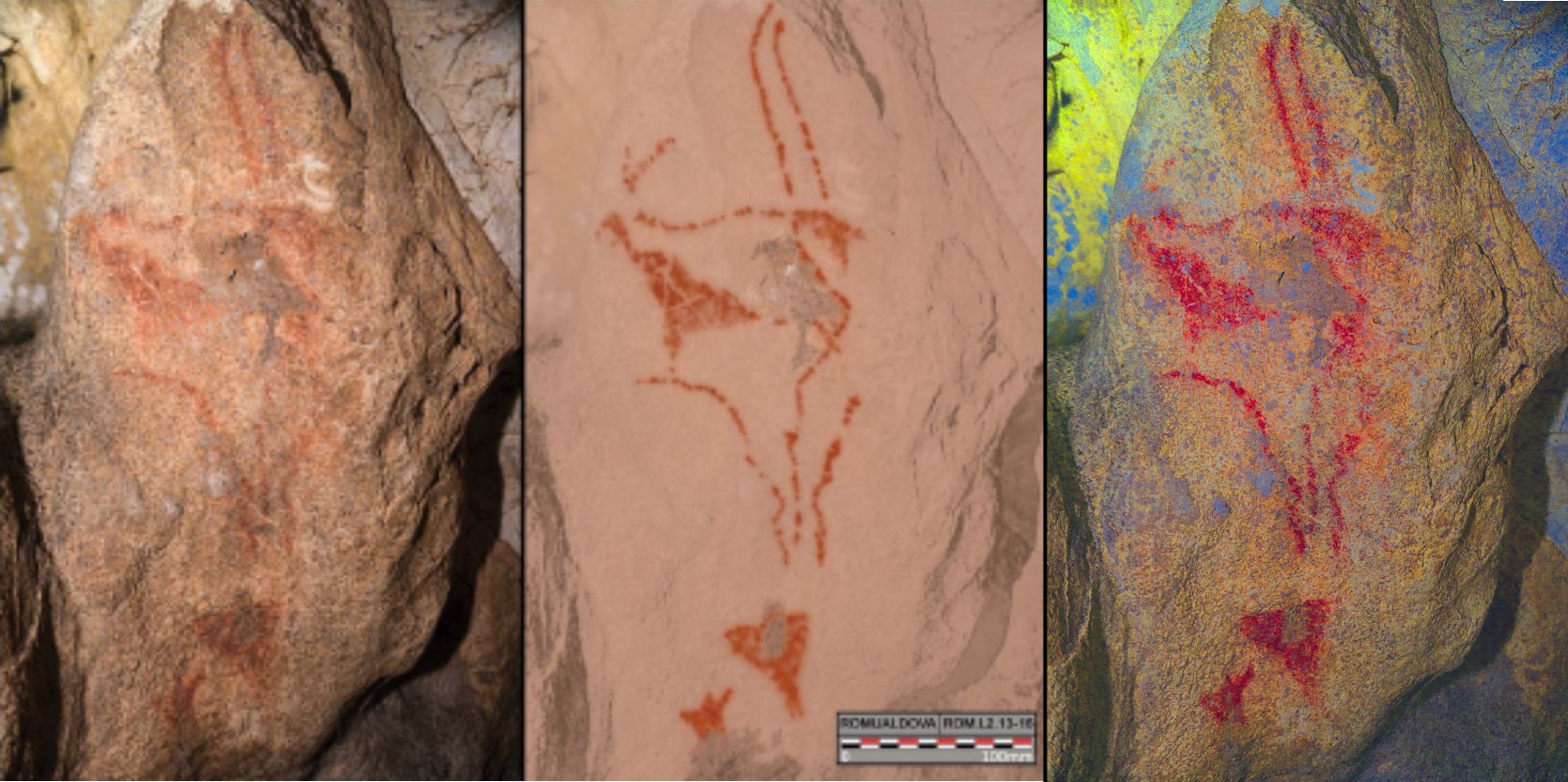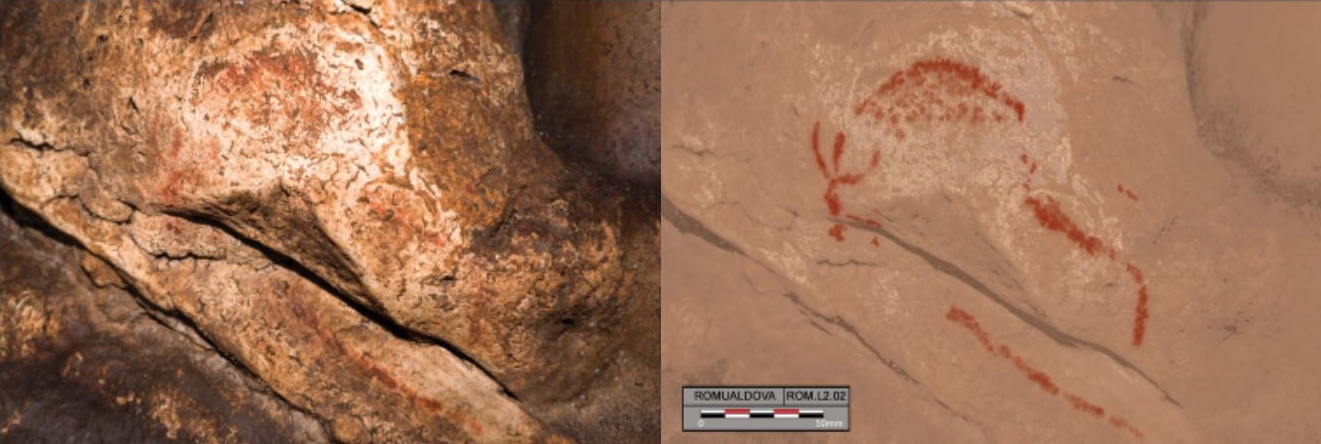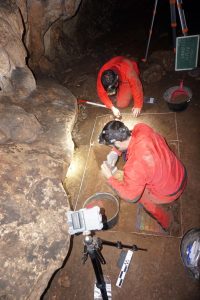
An international team, led by an archaeologist from the University of Southampton and the University of Bordeaux, has revealed the first example of Palaeolithic figurative cave art found in the Balkan Peninsula.
Dr Aitor Ruiz-Redondo worked with researchers from the universities of Cantabria (Spain), Newfoundland (Canada), Zagreb (Croatia) and the Archaeological Museum of Istria (Croatia) to study the paintings, which could be up to 34,000 years old.
The cave art was first discovered in 2010 in Romualdova Pećina (Romuald’s cave), Istria in Croatia, when Darko Komšo, Director of the Archaeological Museum of Istria, noticed red colouring in a deep part of the cave.
Following this discovery, the team led by Dr Ruiz-Redondo and funded by the French State and the Archaeological Museum of Istria with the support of Natura Histrica, undertook a detailed analysis of the paintings and their archaeological context.
This led to the identification of several figurative paintings, including a bison, an ibex and two possible anthropomorphic figures, confirming the Palaeolithic age of the artworks, as bison were extinct in southern Europe by the end of the Pleistocene, between 13,300 and 12,000 years ago. In addition, an excavation beneath the paintings led to the discovery of a number of Palaeolithic remains: a flint tool, an ochre crayon and several fragments of charcoal.

© Dr Aitor Ruiz-Redondo
The cave art is not particularly well-preserved. The paintings were applied to a fossilized calcite layer on the cave wall, which has crumbled away in some areas. Late 19th century and early 20th century graffiti has obscured some of the images. However, a 19th century graffito, AI 1880, shows that the images are not recent copies of Palaeolithic art seen elsewhere as it was not widely recognised and accepted until some twenty years after that date.
Radiocarbon dating of the objects has given an estimated age of around 17,000 years old and other indirect data suggest the paintings may date to an even earlier period – at around 34,000 – 31,000 years ago. Further research will be conducted in order to establish the precise age of the rock art.

© Dr Aitor Ruiz-Redondo
A full account of the finds has been published in Antiquity. The original photographs (on the left) were first published in that journal.
This discovery expands the previously sparse catalogue of Palaeolithic art in south-east Europe. Romualdova Pećina is the first site where figurative Palaeolithic rock art has been discovered in this area. With Badanj in Bosnia and Herzegovina, it is one of only two examples of rock art from the Palaeolithic period known from the Balkans.
Dr Aitor Ruiz-Redondo, a British Academy-funded Newton International Fellow at the University of Southampton and post-doctoral researcher at the University of Bordeaux, said: “The importance of this find is remarkable and sheds new light on the understanding of Palaeolithic art in the territory of Croatia and the Balkan Peninsula, as well as its relationship with simultaneous phenomena throughout Europe.”
Jean Clottes, a French authority on Palaeolithic art said: “It is quite an important discovery, mostly because it is in a region where no cave art had been known up to now.” Stylistically, Clottes thinks the paintings could perhaps be contemporary with 30,000-year-old art found in the Coliboaia cave in Romania.
A new project started by Dr Ruiz-Redondo and his team, funded by the British Academy, will continue the research at these two sites during the next few years.
Correspondent: Graham Mullan
